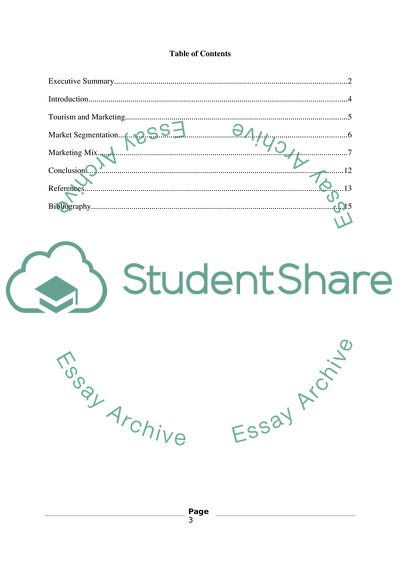Cite this document
(Marketing to Local and Regional Markets: Tourism Organisations Research Paper, n.d.)
Marketing to Local and Regional Markets: Tourism Organisations Research Paper. Retrieved from https://studentshare.org/tourism/1729596-marketing-to-local-and-regional-markets-initiatives-for-tourism-organisations
Marketing to Local and Regional Markets: Tourism Organisations Research Paper. Retrieved from https://studentshare.org/tourism/1729596-marketing-to-local-and-regional-markets-initiatives-for-tourism-organisations
(Marketing to Local and Regional Markets: Tourism Organisations Research Paper)
Marketing to Local and Regional Markets: Tourism Organisations Research Paper. https://studentshare.org/tourism/1729596-marketing-to-local-and-regional-markets-initiatives-for-tourism-organisations.
Marketing to Local and Regional Markets: Tourism Organisations Research Paper. https://studentshare.org/tourism/1729596-marketing-to-local-and-regional-markets-initiatives-for-tourism-organisations.
“Marketing to Local and Regional Markets: Tourism Organisations Research Paper”. https://studentshare.org/tourism/1729596-marketing-to-local-and-regional-markets-initiatives-for-tourism-organisations.


